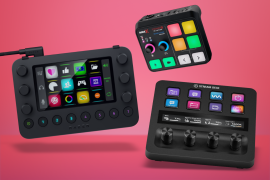Meta Quest 3 vs Quest Pro: which is best?
The two Meta VR headsets, compared
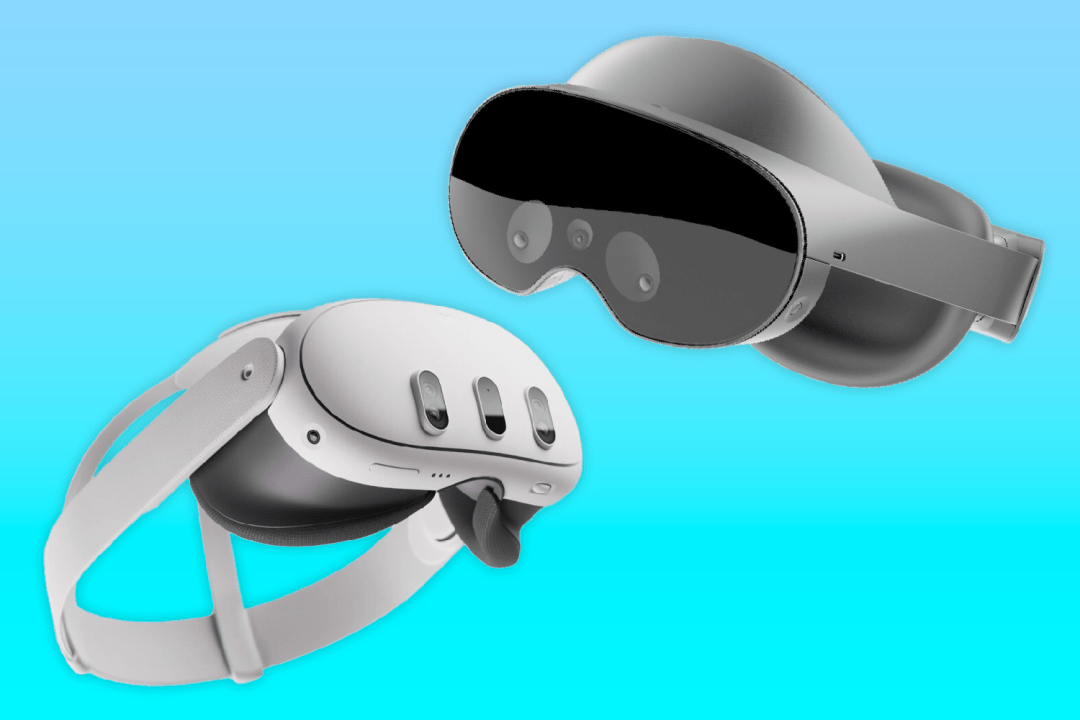
We’ll soon have a brand new way to experience the virtual world, courtesy of Meta’s newest unveiling. This time, Zuck isn’t trying to reinvent the wheel or encourage your workforce to join the metaverse. Rather, he’s going with something a little more tried and tested. That is the Meta Quest 3, building on the success of Meta’s most lucrative VR headset.
Quest 3 promises a whole host of upgrades and additions to what remains one of, if not the, best standalone VR headsets around: the Meta Quest 2. But how does it compare to what should, in theory at least, be Meta’s best headset…the Meta Quest Pro? We are still yet to get our hands on the Meta Quest 3, but with some specs to hand we can give some insight on where your money is best spent.
Design and fit: slimmed down

The Quest 3 is thinner than its Quest 2 counterpart, but it’s also much lighter than the Quest Pro. It had to be, really. The Quest Pro weighed in at 722g with strap, and its bulky frame could quickly caused tension on your neck and forehead. To be even more candid, wearing it wasn’t always an enjoyable experience.
At 515g, including headset, fabric strap and facial interface, the Meta Quest 3 certainly looks like the winner here when it comes to comfort. Of course, the optional Elite strap will add some extra heft, in exchange for a firmer fit – but pancake optics that majorly slim the headset down do make all the difference to comfort. Each of the Quest 3’s Touch Plus controllers weighs 126g, including a single AA battery.
Design-wise, little has changed between the Quest 2 and 3. That is, aside from the three panels on the front, which houses the outward facing cameras and sensors. We probably prefer the more subtle camera placement of the Quest Pro, but we’ll pick better performance over prettiness every day of the week.
Speed, storage & screen: Snap
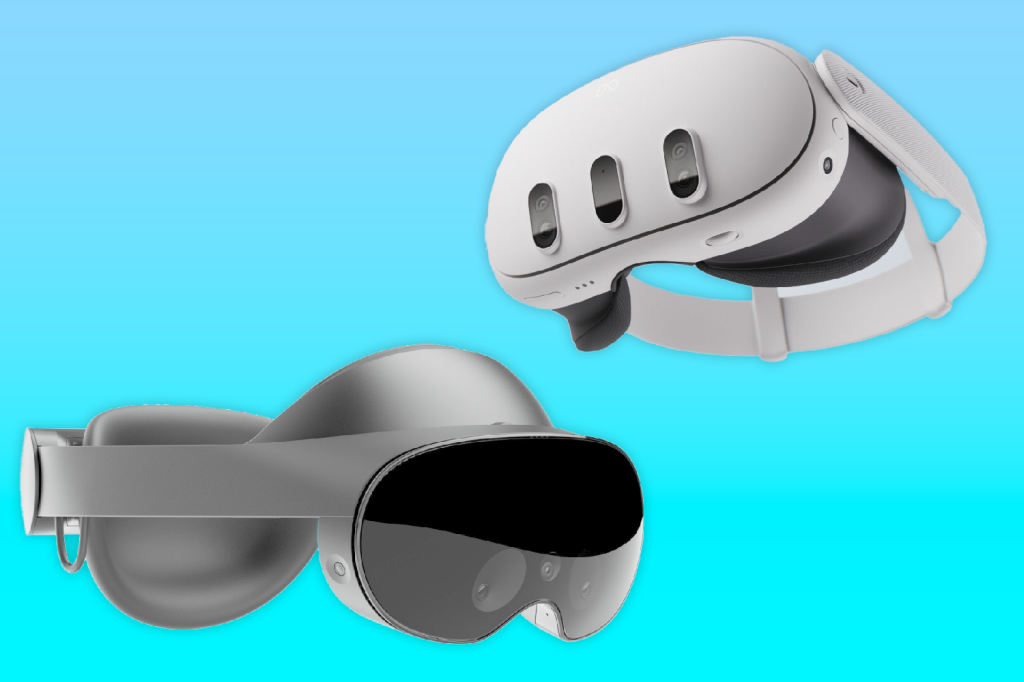
The Meta Quest 3 comes straight out of the box with the Snapdragon XR2 Gen 2 chip, the first VR headset to use it. This promises twice the gaphics power of the Meta Quest 2. This should even trump the Quest Pro, which is powered by the Snapdragon XR2 Plus Gen 1 chip.
As the Quest Pro is targeted more toward professionals and businesses, the Snapdragon Gen 1 chip is more than adequate at handling VR meetings. If people are actually using the headset for that purpose, that is. The Quest 3, meanwhile, is more of a gaming headset on first impressions. Is it’s possibly looking to compete with the PSVR2 headset, then the extra power will go a long way.
The Meta Quest 3 comes with either 128GB or 512GB of storage space (up from 128/256GB on Quest 2), and 8GB or RAM (33% more compared to Quest 2). The Quest Pro, meanwhile, has 12GB RAM and 256GB storage as standard.
VR immersion of the Meta Quest 3 is boosted thanks to a wider field of view and increased resolution – almost 30% more pixels than the Meta Quest 2.
A ring-free Touch Plus controller on the Meta Quest 3 has enhanced haptics that bring new sensations to your fingertips. This’ll likely up the immersion in VR games, allowing you to feel every gunshot or Beat Saber swipe. One of the most exciting features of the Meta Quest 3 however, is in the Direct Touch feature. Direct Touch will follow your hand gestures as you interact with what you’re seeing on the screen.
Mixed reality: mixed feelings
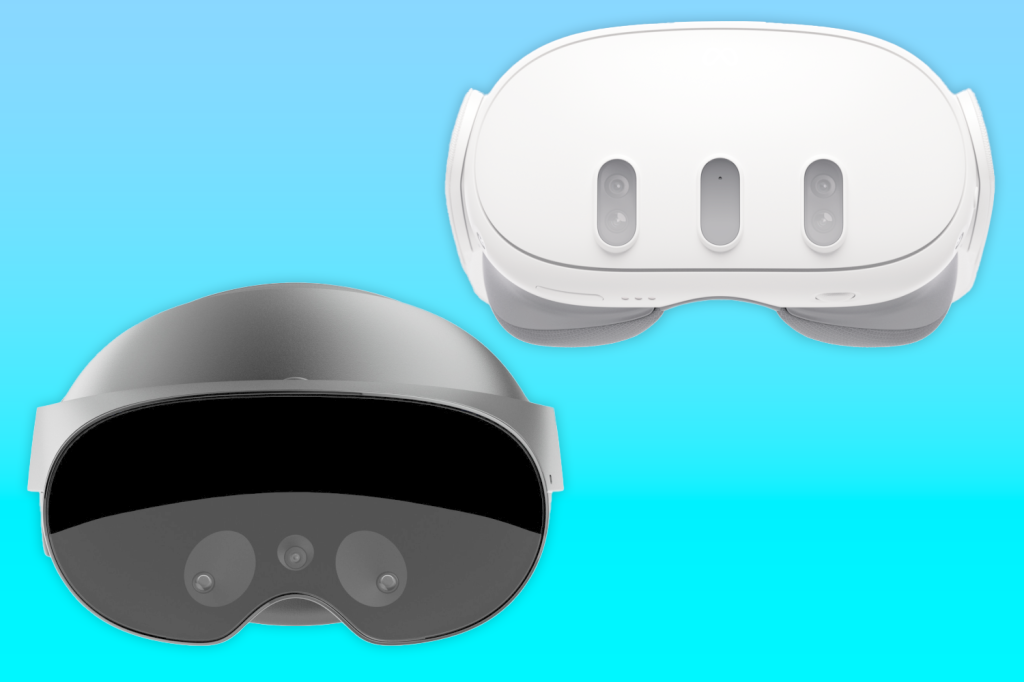
Meta’s previous experiments with mixed-reality have heralded somewhat mixed results. The Quest 2’s see-through feature produced nothing more than an immensely grainy view of your surroundings. Add-ons helped, but it still wasn’t great. Mixed reality was improved on the Quest Pro, but remained pretty unusable.
But Meta has promised that the Quest 3’s mixed-reality capabilities have been overhauled. The headset uses two RGB passthrough cameras, with over 10x more pixels on show compared to Quest 2, and 3x more pixels compared to Quest Pro. There’s also supposedly improved depth perception in the Quest 3, something we’ve found to be a little flawed in past Meta iterations.
Price
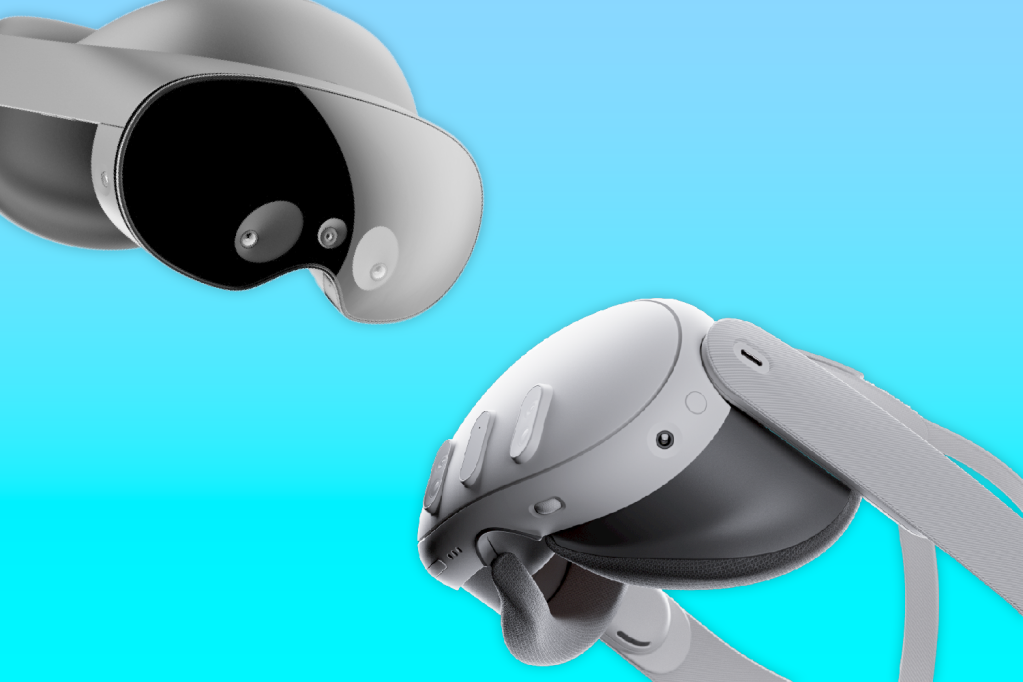
To us, it’s really a no brainer which Quest is best when it comes to pricing. At $500/£480 for the 128GB or $650/£620 GBP for the 512GB model, the Meta Quest 3 is already far cheaper than the Quest Pro. Even after Meta chopped $500/£500 of its asking price, the Quest Pro will still set you back $1000/£1000. Given it’s now old-ish hardware, the Quest Pro can’t really win this round.
Verdict
Until we can get our hands on the Meta Quest 3 for a dedicated review, we can’t truly say which headset reigns supreme. However, with an upgraded Snapdragon XR2 Gen 2 chip, improved mixed reality features, a higher resolution display and a much more appealing price point, it’s hard to see how the Meta Quest 3 won’t be the better option.
